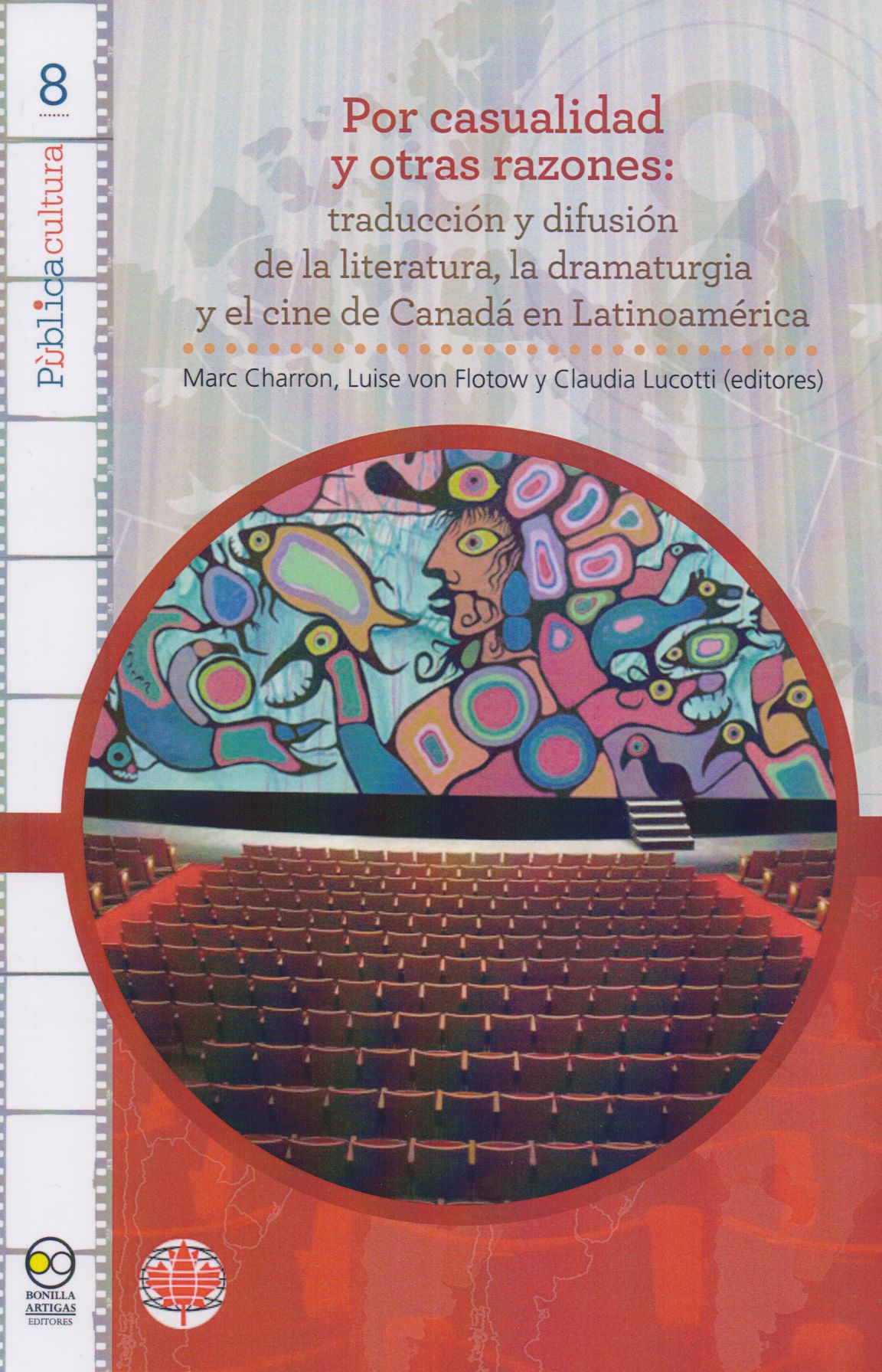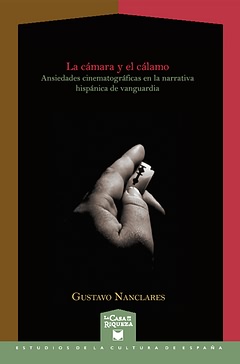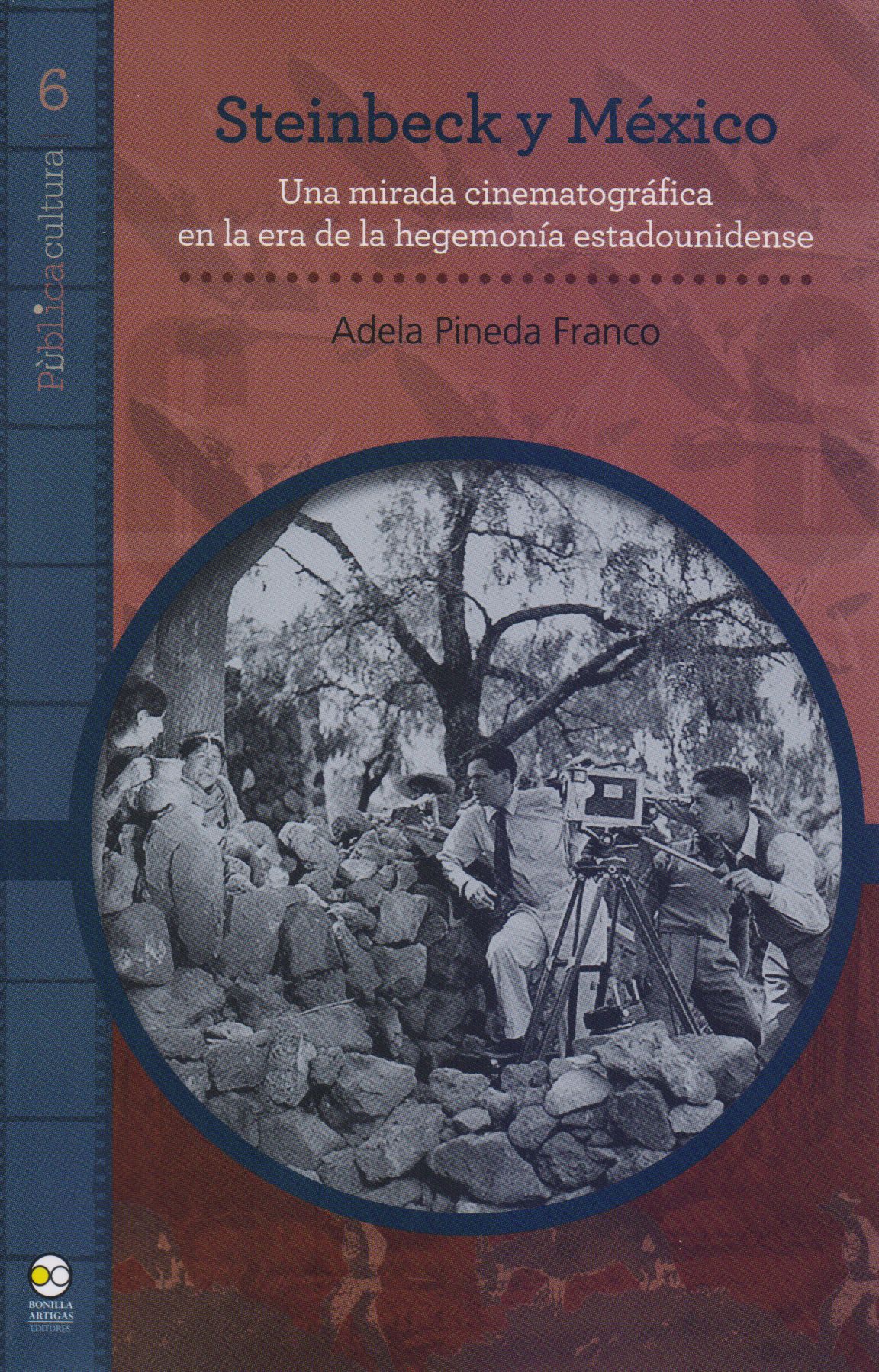Libros relacionados
 |
Por Casualidad y Otras Razones: Traducción y Difusión de la Literatura, la Dramat Charron, Marc / Von Flotow, Luise / Lucotti, Claudia (Editor Bonilla Artigas Editores |
 |
Lenguas en Diálogo: el Iberorromance y Su Diversidad Lingúística y Literaria Döhla, Hans-Jörg / Montero Muñoz, Raquel / Báez de Aguilar G Iberoamericana Vervuert |
 |
Camara y el Calamo. Ansiedades Cinematograficas en la Narrativa Hispanica de Van Nanclares, Gustavo Iberoamericana Vervuert |
 |
Steinbeck y México: una Mirada Cinematográfica en la Era de la Hegemonía Estado Pineda Franco, Adela Bonilla Artigas Editores |


|
Título: More Than Nigth. Film In Its Contexts | |
| Autor: Naremore James | Precio: $390.00 | |
| Editorial: University Of California Press | Año: 2008 | |
| Tema: Analisis, Cine, Estudio | Edición: 2ª | |
| Sinopsis | ISBN: 9780520254022 | |
| "Film noir" evokes memories of stylish, cynical, black-and-white movies from the 1940s and 1950s--melodramas about private eyes, femmes fatales, criminal gangs, and lovers on the run. In More Than Night, James Naremore discusses these pictures, but he also shows that the central term is more complex and paradoxical than we realize. Film noir refers both to an important cinematic legacy and to an idea we have projected onto the past.
This lively, wide-ranging cultural history offers an original approach to the subject, as well as new production information and fresh commentary on scores of films, including such classics as Double Indemnity, The Third Man, and Out of the Past, and such "neo noirs" as Chinatown, Pulp Fiction, and Devil in a Blue Dress. Naremore discusses film noir as a term in criticism; as an expression of artistic modernism; as a symptom of Hollywood censorship and politics in the 1940s; as a market strategy; as an evolving style; as a cinema about races and nationalities; and as an idea that circulates across all the information technologies. Interdisciplinary in approach, this book has valuable things to say not only about film and television, but also about modern literature, the fine arts, and popular culture in general. In a field where much of what has been published is superficial and derivative, Naremore's work is certain to be received as a definitive treatment. |
||
Librería Bonilla SA de CV © Todos los derechos reservados. 2019
Última actualización: Jul 2019





